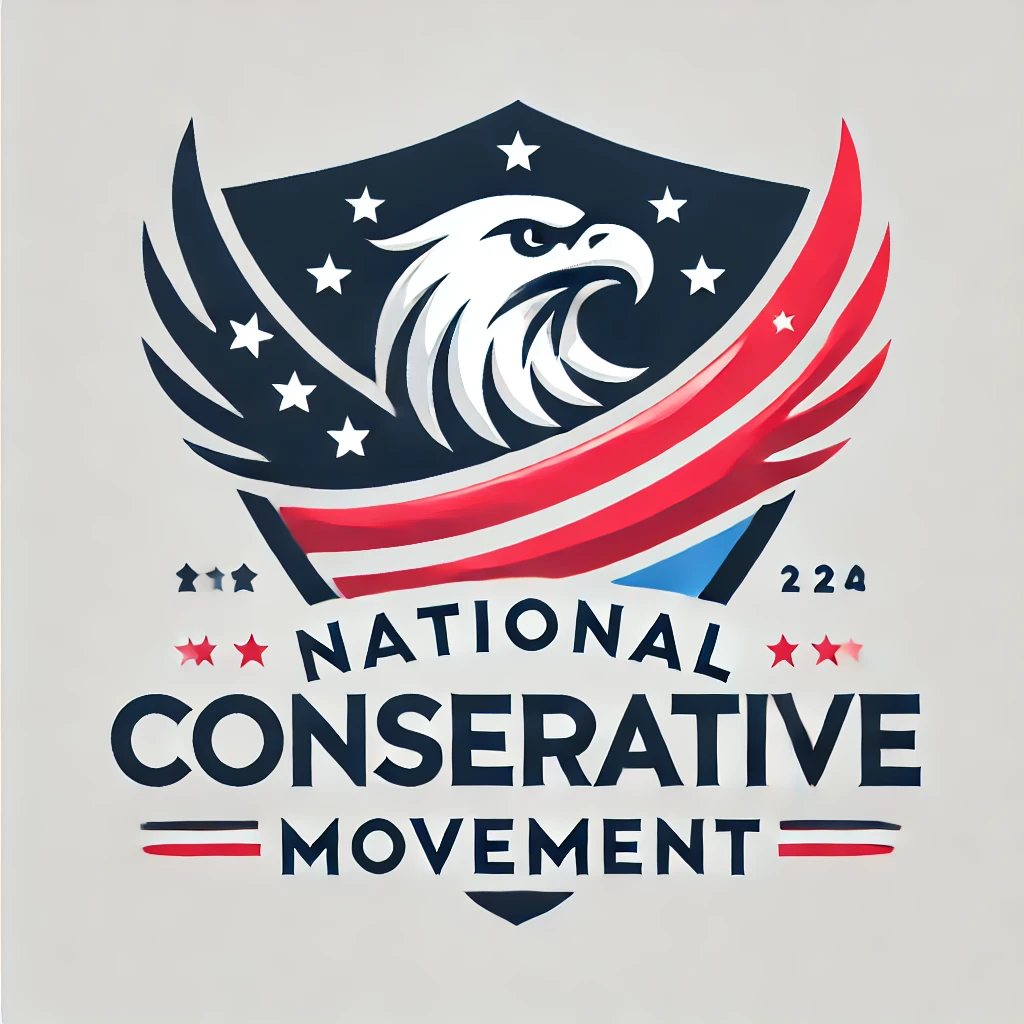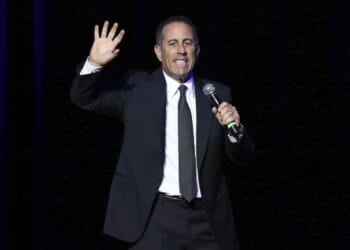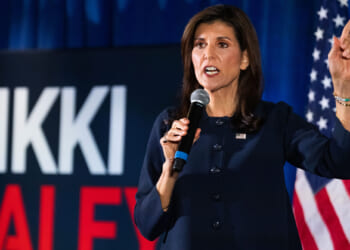
President Trump said Wednesday he struck a trade deal with Vietnam, a key Asian trading partner that American companies rely on as an alternative to Chinese-made goods.
Mr. Trump said under the deal, the U.S. will charge a 20% tariff on Vietnamese imports. Vietnam had faced a 46% tariff under a plan that Mr. Trump outlined in April.
Also, Vietnam will pay a 40% levy on goods they send to the U.S via “transshipping,” a process in which goods are transferred from one location to another. It was a key priority for the administration, which has complained that China uses Vietnam as a pass-through for its goods to avoid direct tariffs.
“In return, Vietnam will do something that they have never done before, give the United States of America TOTAL ACCESS to their Markets for Trade. In other words, they will ‘OPEN THEIR MARKET TO THE UNITED STATES,’ meaning that we will be able to sell our product into Vietnam at ZERO Tariff,” Mr. Trump wrote on Truth Social.
The president said he thinks sport utility vehicles and other large-engine vehicles will be “a wonderful addition to the various product lines within Vietnam.”
The deal signaled progress on trade ahead of a July 8 deadline for dozens of trading partners to sign agreements with the White House or face hefty levies.
Mr. Trump announced sizable “Liberation Day” tariffs on a suite of countries on April 2, only to pause the levies for 90 days to ease market tensions and allow space for negotiations.
To date, only the U.K. had finalized a deal with the White House during the pause, though Mr. Trump says India is nearing the finish line with his team.
Vietnam is a major manufacturing hub for shoes, clothing and other items. Some U.S. companies moved their supply chains from China to Vietnam as tensions between the U.S. and China increased in recent years.
Mr. Trump said it was an “absolute pleasure” to negotiate with To Lam, the general-secretary of the Communist Party in Vietnam.
In a statement, Mr. Lam said Mr. Trump “highly valued Vietnam’s commitment to granting preferential market access for U.S. goods, including automobiles with large-displacement engines.”
“Trump affirmed that the U.S. will significantly reduce reciprocal tariffs on many imports from Vietnam, and will continue to work with Viet Nam to resolve outstanding trade-related issues, particularly in priority areas of both sides,” the government in Hanoi said.
During a phone call, Mr. Lam urged Mr. Trump to lift export restrictions on certain high-tech products.
Mr. Trump says other countries will be assigned a tariff number if they can’t ink agreements with the U.S.
For instance, the president said Japan might have to accept a new tariff, calling the Asian country “spoiled” and unwilling to agree to suitable terms with his team.
Tariffs are a tax or duty paid by importers on goods they bring in from foreign markets.
Foreign countries don’t pay the tariffs directly to the U.S. Treasury. In many cases, U.S. companies will pay the levies, and they might pass on at least some of the cost to consumers through higher prices.
The risk of price tariff-induced inflation forced the Federal Reserve to hit pause on interest rate cuts, angering Mr. Trump, who says the bank’s reluctance is costing the U.S. money and that American borrowers deserve better terms.
Mr. Trump hopes his tariff plan closes trade deficits, or situations in which a country sells plenty of goods to U.S. consumers but that nation doesn’t buy nearly as much from American producers.
The U.S. trade deficit with Vietnam was $123.5 billion in 2024, according to the Office of the U.S. Trade Representative.
Mr. Trump says tariffs are a great way to force companies to return to America or keep their operations in the U.S., employ American workers and create revenue to fund domestic programs.
Wall Street stocks rose upon news of the Vietnam deal, but gains were tempered by a lousier-than-expected payroll report from processing firm ADP.
ADP said private-sector employment suddenly contracted in June, shedding 33,000 positions, although the federal government will release official jobs numbers on Thursday. Forecasters expect a more positive report.












